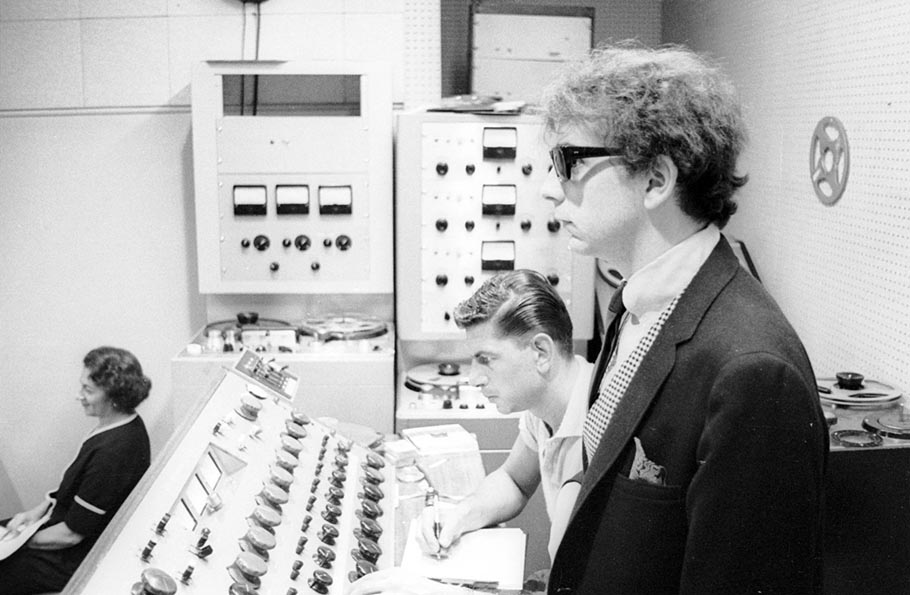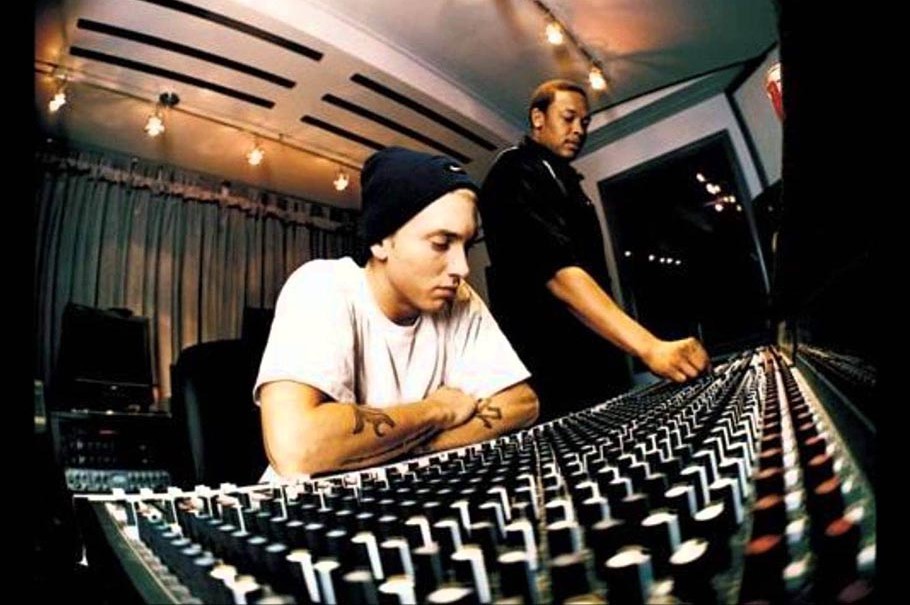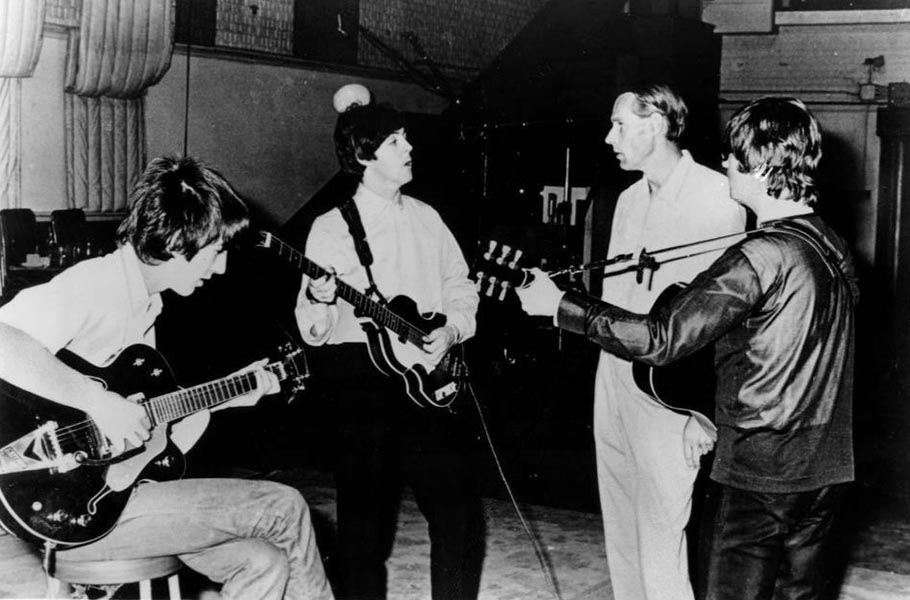When it comes to making music, the separation between audio engineer and producer can seem a thin line but both serve two very different yet often overlapping functions. The distinction at an ideological level is often seen as the difference between a scientific mind and a creative one.
On a practical level, however, the engineer is the technician who operates the sound equipment during a recording session. An engineer’s responsibility is to use their technical skills such as microphone selection and placement to help create the vision of the artist and record the sound correctly.

The divide between the producer and engineer is a convoluted territory in making music. Often the two are the same, and other times they couldn’t be more different.
Producers and engineers are two sides of the same coin but can have dramatically differing opinions on how best to create an album when making music. It wasn’t until a re-release in 2013, ten years after the initial recording, that engineer Steve Albini’s version of Nirvana’s In Utero was given its time to shine. The ‘stripped back’ product of a two-week recording session in a rural Minnesota studio was deemed unlistenable by the DGC studio execs and producers with the stems ultimately being handed to R.E.M producer Scott Litt to make the necessary changes. While the changes to the album were largely cosmetic, the decision highlights just how much influence an engineer can have.
In a successful studio, there is a delineated set of tasks, the producer represents the interests of the label and the creative reins, the manager the band and the finance, and the engineer the gadgets and the quality of the recording. While the producer is pulling his hair out trying to work the arrangements of the band the engineer is crouching by the multicore checking the patching and fretting over the amount of padding in the kick drum.

Many musicians, (notable mentions include Dr Dre and Dave Davies) have made incredible producers but strangely few musicians are also sound engineers outside of the home studio – Gotye, anyone? While having a producer is not essential to the making of a great album there is no denying that they can have a dramatic effect on an album’s creation. Jerry Wexler, the infamous co-head of Atlantic Records exerted a unique influence that steered Aretha Franklin from gospel to soul and Bob Dylan to gospel on his 1979 classic Slow Train Coming album. What would the sonically-complex circus of Being for the Benefit of Mr Kite have been like without the patient production of George Martin working with John Lennon’s demand that he be able “to smell the sawdust on the floor”?
Put simply, a sound engineer will tell you if your guitar is out of tune, a producer will say if it’s supposed to be.

While both an engineer and a producer play a vital role, the concert of these two similar but distinctly different skill sets allows an artist’s work to really shine. A great example of what can be achieved when the two are in sync was the ground-breaking collaboration between Larry Levine and Phil Spector. Spector and Levine chiefly made their records at Gold Star Studio in Los Angeles, using a very small one room space often crammed with as many as twenty musicians. It was here that the highly influential echo-heavy technique we know as ‘Wall Of Sound’ was created. Between them the pair racked up a score of chart-topping songs and created a signature style that can be heard on tracks such as You’ve Lost That Lovin’ Feelin’ by The Righteous Brothers and Leonard Cohen’s Death of A Ladies’ Man. As Levine remarked: “Phil was always very specific about what he wanted. He had the sound in his head, and that’s what he wanted to capture.” The vision of Spector’s famous ‘Wall of Sound’ would have been impossible without a capable sound engineer like Levine to employ the technical know-how to make the vision a reality.
While the ‘right’ side of the brain is attributed to creativity and the ‘left’ side to analysis and logic, in my experience it is always preferable to have both. Making them play nice, however, is a whole different story.


